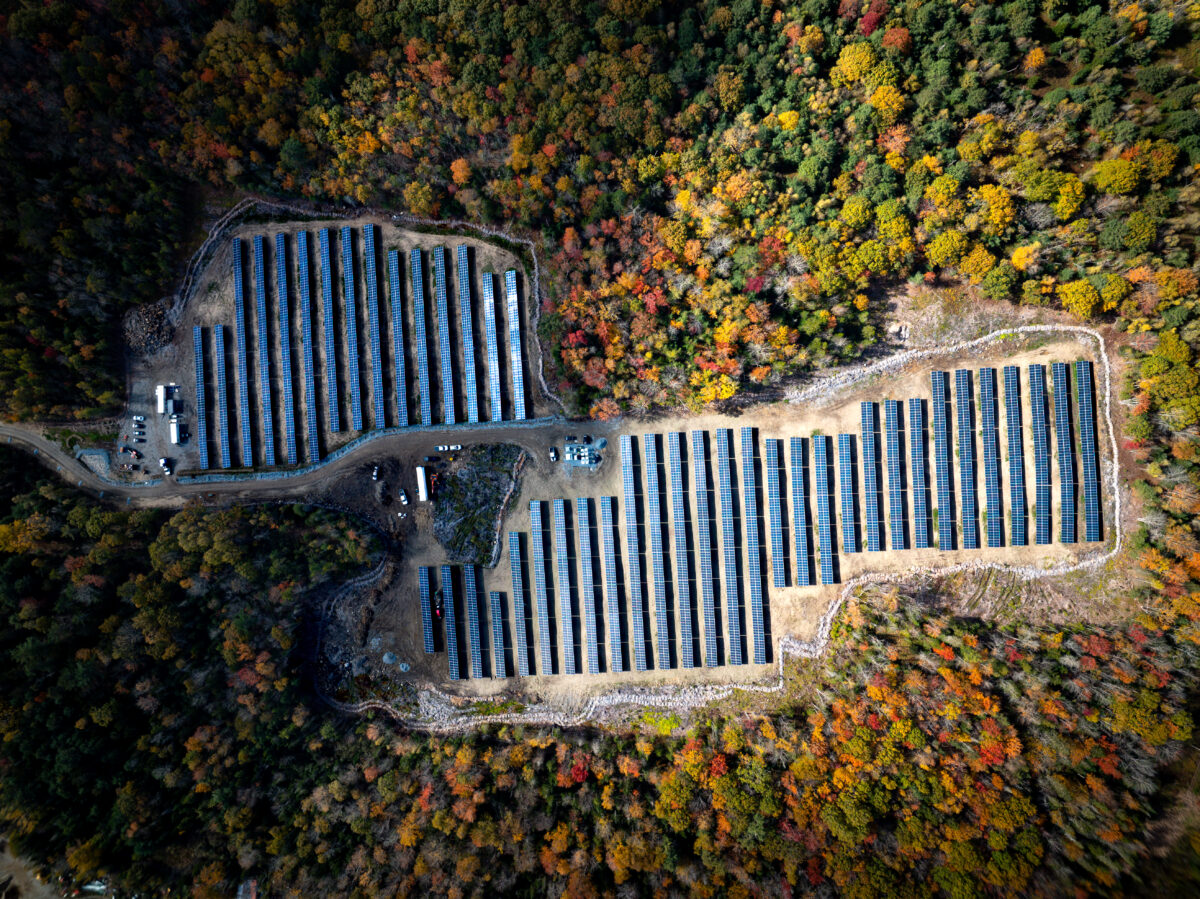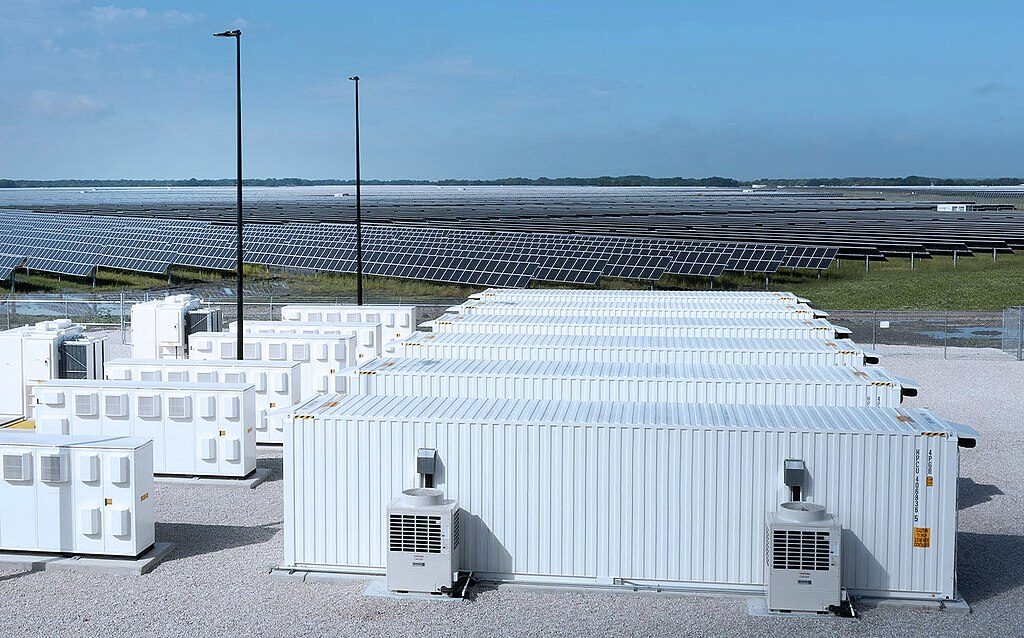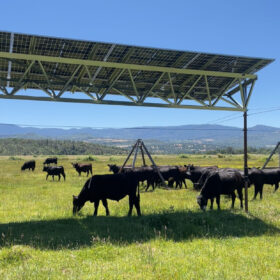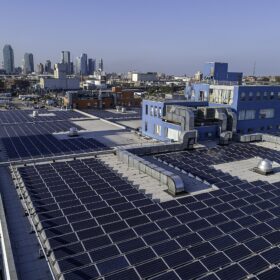In the wake of the One Big Beautiful Bill Act (OBBB), developers are working to ensure their projects are developed under the tightened timeline to qualify for the tax credit. A failure to do so means the project’s financials are less likely to pencil in.
President Trump’s executive order earlier this week directed the Treasury to apply tighter restrictions to 45Y production tax credit and 45E investment tax credit for solar and wind projects.
Most notably, however, the executive order tightened the OBBB’s “beginning of construction” language, requiring a “substantial portion” of a project to be built within 12 months. The order did not specify what level of progression qualifies as “substantial.”
The two foremost federal incentives that support community solar, 45Y production tax credit and 45E investment tax credit are going to be eliminated by projects not placed in service by the end of 2027.
Community solar projects usually have more complex logistics and stakeholders than residential projects. Developers moving quickly to get their projects developed in time to qualify for tax credits should pause to assess their pipeline and prioritize the projects that they are most confident will reach completion, Adriana Chavez, a summer associate, with Keith Gordon, shareholder at Duncan, Weinberg, Genzer & Pembroke told pv magazine USA. This will help prevent projects in the pipeline from collectively dragging by a developer focused on too many projects at once.
Developers can also focus on vetting their supply chains to comply with foreign entity restrictions.
Moving forward, less community solar projects will be financially viable to develop. However, community solar is not at a loss, and strategic developers can remain viable if they make calculated moves.
State-level support
State policy has always been the frontlines for energy, Jeff Cramer, the president and CEO of the Coalition for Community Solar Access (CCSA), told pv magazine USA. “Even with the sunsetting of the tax credits, the energy grid is going to need distributed solar,” he said.
Electricity demand is expected to grow and many states require generation come from renewable energy. About half of U.S. states have renewable portfolio standards (RPS) that require a specified percentage of the electricity utilities sell to come from renewable energy, fifteen of which have RPS carveouts specifically for solar or distributed generation, or both.
“There’s going to be a reckoning,” Cramer said, “and a lot of people are going to look to distributed solar in particular as the answer because of how quickly it can come online and help the grid.”
Investors are expected to become more selective, prioritizing geographic markets with durable state policies and strong program quality and stability, according to Duncan, Weinberg, Genzer & Pembroke, P.C., a law firm that specializes in legislative services within the energy and utility sector.
Focusing on states with robust community solar legislation helps minimize risk. Illinois, for example, has the highest rated community solar program, according to the Institute for Local Self-Reliance. Other states with strong policies include Colorado, Massachusetts, New York, Maine, California and Minnesota.
States that offer community solar funding include:
- Illinois
- California
- Colorado
- Connecticut
- District of Columbia
- Massachusetts
- New Jersey
- New York
- South Carolina
- Washington
“States that have made strong commitments to decarbonize their grid will work to do what they need to do to make sure that [renewable energy development] continues to happen,” Tom Hunt, CEO of Pivot Energy told pv magazine.
This content is protected by copyright and may not be reused. If you want to cooperate with us and would like to reuse some of our content, please contact: editors@pv-magazine.com.









Centralized state sanctioned utility monopolies. BigTechAI and BigOil&Gas will NEVER deliver cheap renewable energy to ordinary rate payers. We’ve got to employ a different strategy, like France.
In 2023, France mandated solar canopies on ALL existing parking lots larger than 80 spaces within 5 years, and for very large lots within 3 years. France, the country with the largest % of nuclear generation and a single nationalized electric utility.
Here in the US, there’s a glaring mismatch between the self interest of relatively wealthy owners of leased residential & commercial properties with large parking lots and their tenants, who pay the utility bills. We have already made generous tax credit incentives for solar development available to wealthy property investors with big parking lots. But we haven’t required them to use it, nationally or locally.
This energy policy failure ignores the reliable micro grid synergy of solar canopies shading hot asphalt parking lots, with non-flammable on-site BESS and Vehicle-2-BESS chargers that generate, store & distribute the cheapest renewable energy right where most utility rate-payers live, commute & work. No new utility monopoly transmission, site acquisition, or other site improvement spending required. And no complicated, expensive permitting or armies of litigious NIMBYS. These benefits are so obvious to the owners of new health care facilities in Sonoma County, they’ve already covered 70% of their parking with solar canopies. They get this:
1 – Parking lots occupy the most under-utilized, valuable (sub)urban real estate.
2 – The environmental & agricultural value of existing parking lot land is zero.
3 – Proximity to energy users eliminates new utility transmission & fortifies local distribution.
4 – Just 50% of existing parking with new solar canopies will generate the energy of 10 new nuclear power plants, twice as fast, at 90% lower cost.
5 – Ordinary rate payers immediately benefit, without paying escalating utility rates.